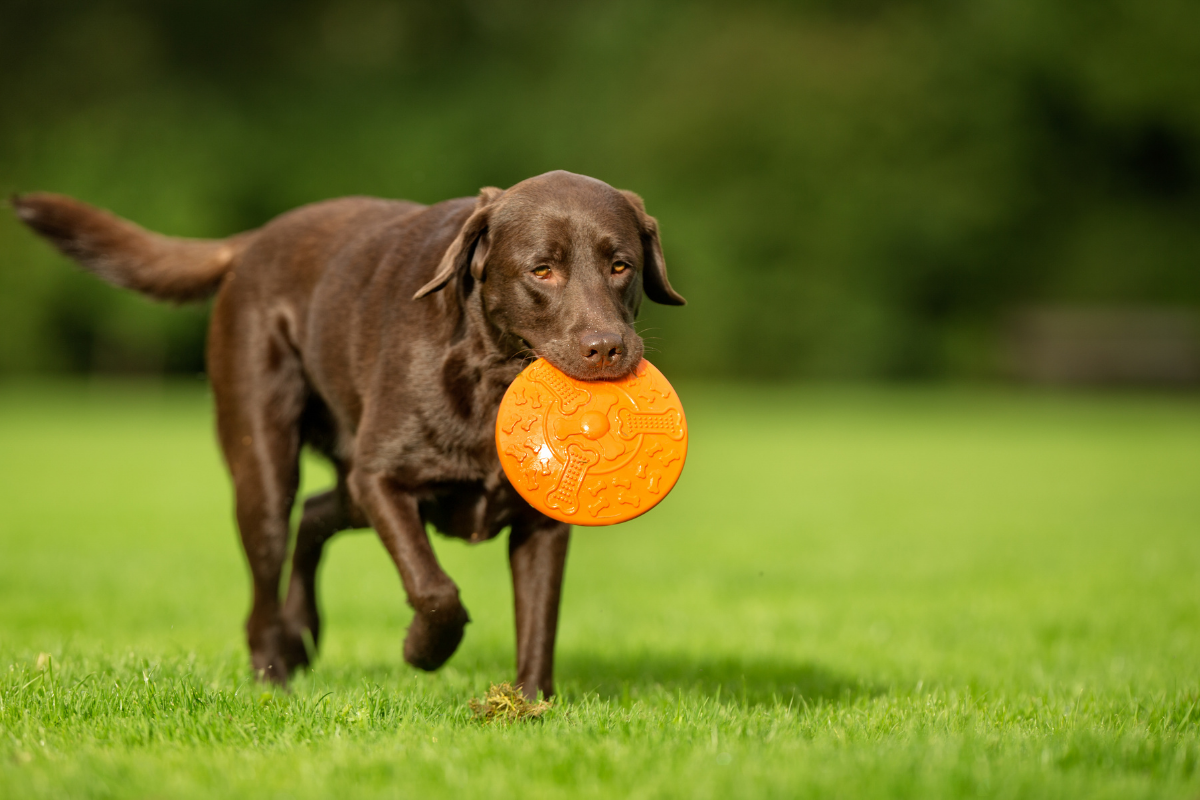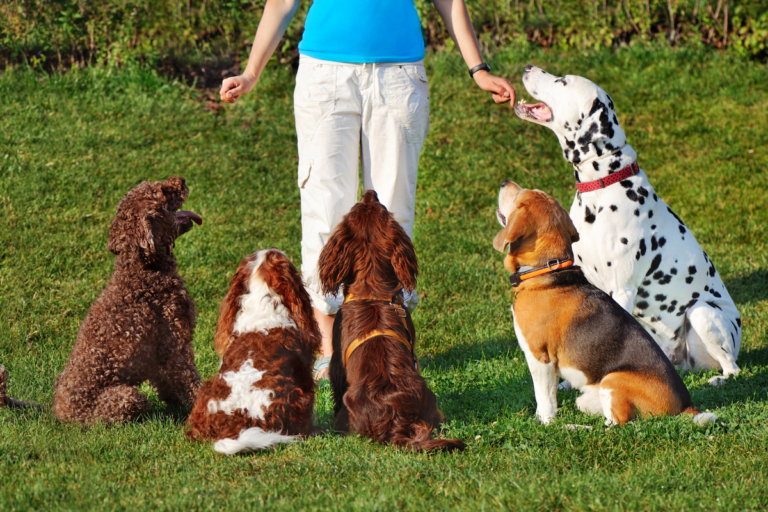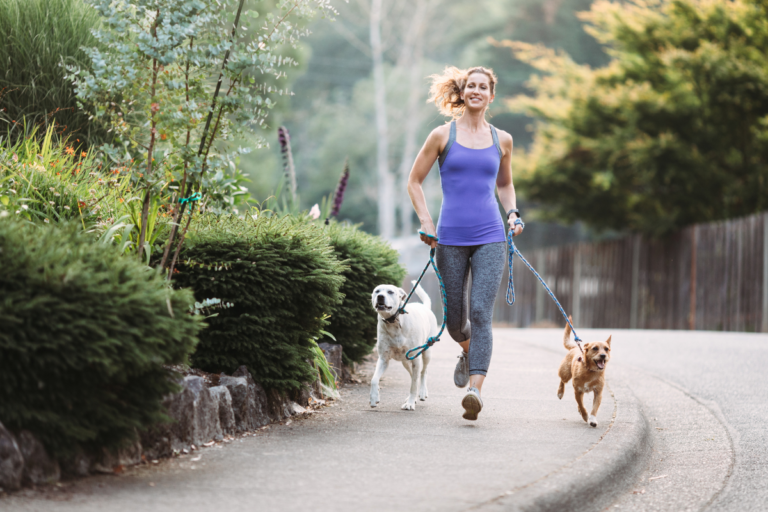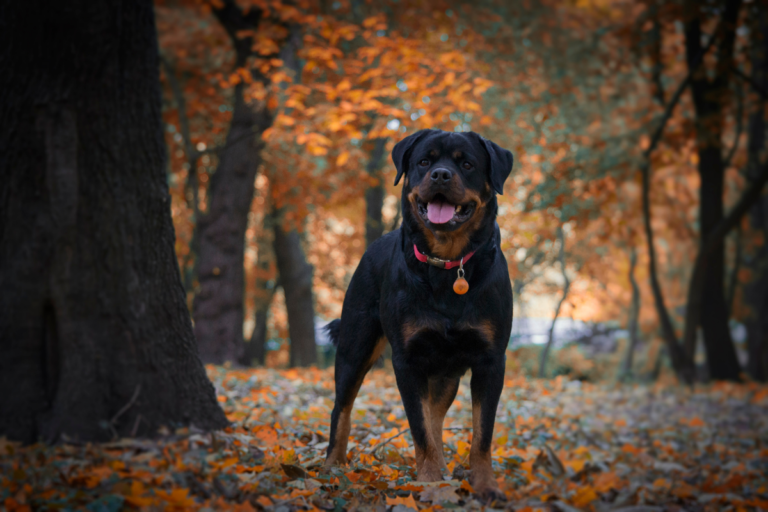Our Labrador Lifestyle Adventure: Unleashing Joy with Our Canine Partner
Health Concerns for Labradors
Having a Labrador buddy means keeping an eye on their health to keep those tails waggin’ happily ever after. Let’s chat about some typical health hiccups and why watching their waistline is like, super important.
Common Health Problems
Labradors, bless their hearts, have a few common health hurdles. Here’s the scoop on what they might face:
-
Obesity: Labs have a special love affair with food, sometimes leading to them getting a bit chunky. Extra weight can bring on other issues like heart trouble, aching joints, bone struggles, and breathing difficulties. Staying ahead of the game with good food choices and exercise keeps them feeling spry.
-
Hip Dysplasia: This is when their hip joint doesn’t form quite right, which can lead to some gnarly wear and tear. Your Lab might be hesitant to climb stairs, start hopping like a bunny, or show signs of limping. Sadly, this often means arthritis when they get older.
-
Joint Issues: Joints, joints, joints—they can be a real pain for Labs, especially when they’re carrying extra pounds. Good eats and regular play are the secret sauce to helping their joints stay strong.
Health Problem Symptoms How to Help Obesity Packing on the pounds, sluggishness Feed ‘em right, exercise them daily, keep track of their size Hip Dysplasia Achy moves, limping Keep their weight in check, try supplements, and let them play Joint Issues Puffy joints, slow steps Watch their food intake, visit the vet sometimes, and don’t let them loaf around too much
Weight Management
Keeping Labs trim is a must since they’re like 1.6 times more likely to pack on the pounds compared to other pooches. So, watching what and how much they eat and keeping them on the move is key.
Diet Control
For food, think low-carb, moderate-fat. Full-grown Labs should get at least 5% crude fat, and pups need about 8%. Balancing calcium and phosphorus is good for strong bones and joints, too.
Exercise Requirements
Keeping those paws moving every day is a must! Labs thrive on action, so mix it up with walks, swims, and playtime. Not only does this help manage their weight, but it also keeps them entertained and happy.
Keep this in mind—keeping Labs from getting too round isn’t just about what they eat and how much they move. Regular check-ins with the vet and keeping an eye on any big size changes are super important, too. Find more tips on doggie lifestyles and training your furkid. And for the latest in doggy fashion, check out pups lifestyle boutique.
Diet and Nutrition for Labradors
Types of Food
When it comes to keeping our goofy, tail-wagging Labradors healthy and happy, what we fill their bowls with matters. We’ve got plenty of options on the menu, each serving up its own perks. Our top choices are raw food, kibble, or a good ol’ combo of both.
-
Raw Food: Going raw is like rolling out the red carpet for our pups with meals that hit a homerun with their natural cravings. It’s like handing them a dinner invite straight from the wild! Think raw meats, crunchy veggies, fruits, eggs, a splash of yogurt, and maybe even the occasional kelp shake. Hit up your local markets and butchers for the freshest finds and stockpile like a pro by freezing batches (Kodali Hart Labradors).
-
Kibble: It’s the fast food of the doggy dinner world, but let’s aim for gourmet rather than greasy. Not all kibble is created equal; some of them might just be stuffing your pal with fillers rather than fuel. Opt for top-notch kibble that’s chock-full of nutrients instead (Kodali Hart Labradors).
-
Combination: Mixing it up is like giving them the best of both worlds on a plate. Imagine a meal plan where one day is raw nirvana, while the next is kibble comfort. Balance is key, especially when you throw in their play level and waistline.
Protein and Fat Content
We’ve got athletes on our hands, folks! Labradors are built to move, so fueling those muscles with high-protein grub is a must. Imagine sinking their teeth into proteins like chicken, fish, or lamb (Super Tails). Let’s not forget the fats, the trusty sidekicks that energize and keep tails wagging.
| Nutrient | Best Picks |
|---|---|
| Protein | Chicken, Fish, Lamb |
| Fat | Fish Oil, Chicken Fat, Plant-based Goodies |
Pick snacks with premium protein leading the pack. Keep an eye on those fats, ensuring they take care of their diet without leading our pals into the danger zone of weight gain.
Balanced Nutrition
Balanced meals are like giving Labradors the all-star treatment—a little bit of everything they need to shine. Vitamins, minerals, and all those little extras keep them at the top of their game.
-
Vitamins and Minerals: We’re on the hunt for grub that gives our furry pals the vitamin lineup they need to keep bouncing, whether it’s keeping them immune, building strong bones, or making that coat shine like fresh snow.
-
Fiber: Fiber’s like their belly’s best friend, ensuring everything processes smoothly. Think about ingredients like veggies, fruits, and grains to keep things moving down there.
| Nutrient | Job Description | Popular Sources |
|---|---|---|
| Protein | Builds Strength | Chicken, Fish, Lamb |
| Fat | Adds Energy | Fish Oil, Chicken Fat |
| Fiber | Gut Helper | Veggies, Fruits, Grains |
| Vitamins and Minerals | Health Boost | Fortified Foods, Supplements |
Hooking our Labradors up with a diet that’s healthy means choosing carefully what hits their bowl. By mixing quality proteins, healthy fats, and crucial nutrients, we’ve set them up for a life that’s full of energy and mischief. Curious about more tips? Let’s add some more cool ideas on a labrador lifestyle.
Don’t stop there though! Check out more goodies on lifestyle dog training, and pups lifestyle boutique to give your furry buddy the full VIP experience.
Exercise Requirements for Labradors
Imagine a Labrador with boundless energy, ready to leap into action the second the door opens. Yep, that’s our playful, tail-wagging buddies for you! Keeping them happy means embracing that energy and offering daily workouts that match their vibrant spirit.
Daily Exercise Needs
For our Labradors, getting their wiggles out takes committing to at least an hour of hearty exercise every day. That’s the golden ticket! We’re talking long walks, speedy runs, splashy swims, and exhilarating games of fetch. These activities aren’t just doggone fun; they keep our pooches healthy and fit as a fiddle.
| Activity | Time Needed |
|---|---|
| Long Walks | About half an hour |
| Running | Around 20 minutes |
| Swimming | Give or take 30 minutes |
| Fetch | A good 20 minutes |
Most healthy adult Labradors need at least 80 minutes of quality exercise daily. For some, more hyperactive pups, you might need to extend those sessions a bit. Meanwhile, the chill Labradors might prefer to take it easy with a tad less time out and about.
Activities for Labradors
Our Lab buddies have an undeniable love for water. Their special coats are like built-in wetsuits, making swimming a fantastic workout. Besides supporting their joints (which fade with age), a good swim also gets their heart pumping. Of course, safety comes first — make sure they’ve got easy ways in and out and that they’re not venturing into deep water.
Here are some things we do to keep our Labs in tip-top shape:
- Long Walks: Who doesn’t love a good stroll with their best bud?
- Running: Perfect burst of energy release.
- Fetch: A dynamic combo of retrieval and brainpower.
- Swimming: For the ultimate all-in-one exercise.
Mix these up, toss in a couple of their favorite toys, and you’ve got one happy Labrador.
Managing Exercise for Different Ages
As our Labs grow and mature, their exercise habits need a bit of adjusting too. Younger pups are full of spunk, eager to dash around like there’s no tomorrow. Mature dogs slow down a little, and older ones might need gentler activities. Those slower walks and swims can do wonders for our senior pups, comforting their aging joints.
Here’s how we handle this:
- Puppies: Keep playtime short and light. No crazy hurdles — those joints are still growing.
- Adults: A solid dose of 80 minutes or more of mixed-up activities works wonders.
- Seniors: Ease them into relaxing walks and swims, keeping it simple and fun.
The key here? Keep a close eye on your furry friend to ensure they’re not overdoing it. Gradually add more activity while making sure they’re having a blast. Follow these steps, and you’ll have a Labrador who’s both grinning and grooving.
And if you’re on the hunt for more ideas, check out our handy guide on lifestyle dog training. Trust us, your Labrador will thank you with lots of snuggles and wagging tails!
Training and Socialization
Training our Labrador has been a big part of our life with our floppy-eared buddy. These dogs are smart but most of all, they just want to make us happy, which makes training them a dream. So let’s get into how we teach them good tricks and why socializing them is just as important.
Training Techniques
We’ve discovered that Labradors really shine with positive reinforcement. When they nail a trick or show good behavior, we shower them with treats, love, or a hearty game of fetch. It’s like giving them a gold star—and who doesn’t love a gold star? This not only makes our bond stronger (corny but true) but also keeps things fun for everybody involved (Super Tails).
Check out these tips that keep us all in sync:
- Consistency: Stick with the same words and rewards so we don’t mix up our pup.
- Quickie Sessions: Keep sessions short and regular to keep them from wandering off in their minds.
- Patience: Remember, every dog’s got its own timeline, so hang in there.
| Training Style | What’s It About | How It Works |
|---|---|---|
| Positive Reinforcement | Goodies for being a good dog | Works like magic |
| Clicker Training | Click sound instead of words | Works great |
| Obedience Classes | Pro help | Works wonders |
Want to see what else we do? Swing by lifestyle dog training.
Socialization Importance
Making sure our Labrador mingles with the world early on is a game-changer. It’s like prepping them for life, as it introduces them to all sorts of fun and randomness—people, places, experiences—while they’re still little sponges (National Service Animal Registry).
Here’s why socializing should be on your to-do list:
- Less Jitters: New settings don’t shake them up thanks to early exposure.
- Better Manners: Well-socialized pups are less likely to freak out or misbehave.
- Safer to Be Around: A social doggy is usually cool with other pets and humans alike.
| Chill Time | For Ages | How Often |
|---|---|---|
| Puppy Hangouts | 8-16 weeks | Every week |
| Dog Park Escapades | 16-52 weeks | Once a week |
| Family Adventures | Any age | Monthly |
There’s more to learn about smoothly blending socializing into day-to-day life in our pups lifestyle boutique.
Spending time training and socializing our Labrador has made life sweeter. All the time we put into these adventures ensures our furry buddy is a happy, loving companion in our Labrador lifestyle.




